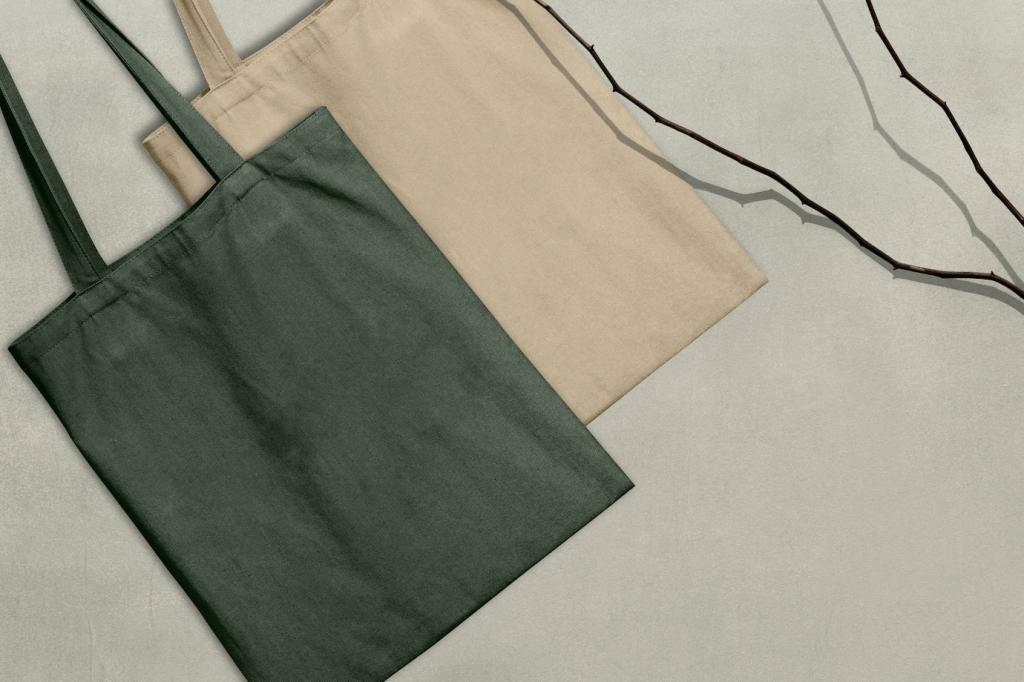Light, Color, and Calm
Build a palette from soft whites, sand, clay, and muted greens. These hues echo stone, linen, and sage leaves, pairing perfectly with eco‑materials. Minimal color drama helps your textures speak and keeps rooms soothing morning to night.
Light, Color, and Calm
Edit window treatments so natural light can wash walls and floors. Use reflective surfaces sparingly—like a recycled‑glass vase—to bounce brightness. Arrange furniture to avoid blocking windows, and celebrate empty space as a feature, not a flaw.










